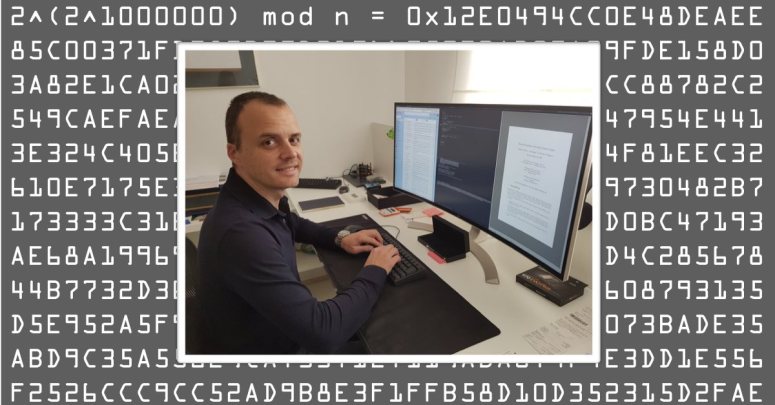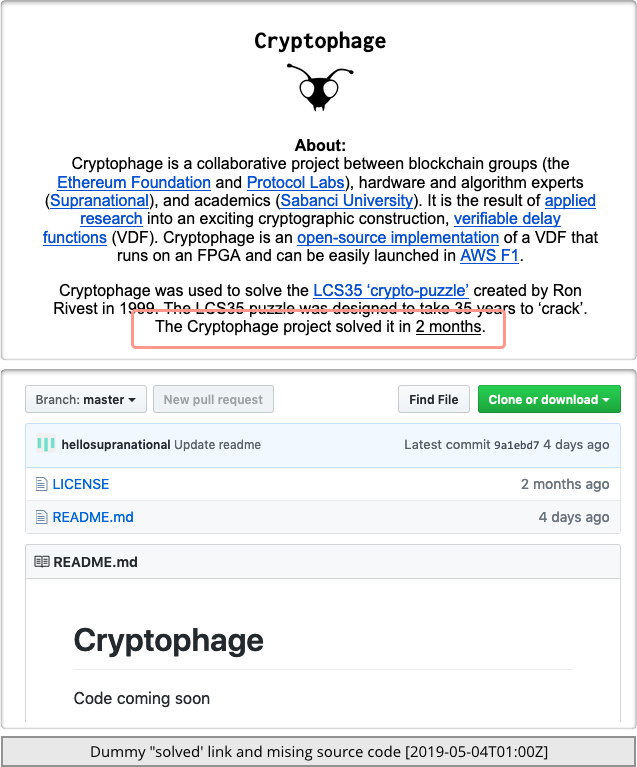
Here’s this week’s BWAIN, our jocular term for a Bug With An Impressive Name.
BWAIN is an accolade that we hand out when a new cybersecurity flaw not only turns out to be interesting and important, but also turns up with its own logo, domain name and website.
This one is dubbed ÆPIC Leak, a pun on the words APIC and EPIC.
The former is short for Advanced Programmable Interrupt Controller, and the latter is simply the word “epic”, as in giant, massive, extreme, mega, humongous.
The letter Æ hasn’t been used in written English since Saxon times. Its name is æsc, pronounced ash (as in the tree), and it pretty much represents the sound of the A in in the modern word ASH. But we assume you’re supposed to pronounce the word ÆPIC here either as “APIC-slash-EPIC”, or as “ah!-eh?-PIC”.
What’s it all about?
All of this raises five fascinating questions:
- What is an APIC, and why do I need it?
- How can you have data that even the kernel can’t peek at?
- What causes this epic failure in APIC?
- Does the ÆPIC Leak affect me?
- What to do about it?
What’s an APIC?
Let’s rewind to 1981, when the IBM PC first appeared.
The PC included a chip called the Intel 8259A Programmable Interrupt Controller, or PIC. (Later models, from the PC AT onwards, had two PICs, chained together, to support more interrupt events.)
The purpose of the PIC was quite literally to interrupt the program running on the PC’s central processor (CPU) whenever something time-critical took place that needed attention right away.
These hardware interrupts included events such as: the keyboard getting a keystroke; the serial port receiving a character; and a repeating hardware timer ticking over.
Without a hardware interrupt system of this sort, the operating system would need to be littered with function calls to check for incoming keystrokes on a regular basis, which would be a waste of CPU power when no one was typing, but wouldn’t be responsive enough when they did.
As you can imagine, the PIC was soon followed by an upgraded chip called the APIC, an advanced sort of PIC built into the CPU itself.
These days, APICs provide much more than just feedback from the keyboard, serial port and system timer.
APIC events are triggered by (and provide real-time data about) events such as overheating, and allow hardware interaction between the different cores in contemporary multicore processors.
And today’s Intel chips, if we may simplifly greatly, can generally be configured to work in two different ways, known as xAPIC mode and x2APIC mode.
Here, xAPIC is the “legacy” way of extracting data from the interrupt controller, and x2APIC is the more modern way.
Simplifying yet further, xAPIC relies on what’s called MMIO, short for memory-mapped input/output, for reading data out of the APIC when it registers an event of interest.
In MMIO mode, you can find out what triggered an APIC event by reading from a specific region of memory (RAM), which mirrors the input/output registers of the APIC chip itself.
This xAPIC data is mapped into a 4096-byte memory block somewhere in the physical RAM of the computer.
This simplifies accessing the data, but it requires an annoying, complex (and, as we shall see, potentially dangerous) interaction between the APIC chip and system memory.
In contrast, x2APIC requires you to read out the APIC data directly from the chip itself, using what are known as Model Specific Registers (MSRs).
According to Intel, avoiding the MMIO part of the process “provides significantly increased processor addressability and some enhancements on interrupt delivery.”
Notably, extracting the APIC data directly from on-chip registers means that the total amount of data supported, and the maximum number of CPU cores that can be managed at the same time, is not limited to the 4096 bytes available in MMIO mode.









![Reblog this post [with Zemanta]](https://img.zemanta.com/reblog_e.png?x-id=5da7109c-27ec-4f93-bc0d-3a1685fcf885)



